Four ways AI is helping knowledge workers excel
From medical diagnostics to mining and exploration, many industries are using AI to make their workers more effective


Knowledge workers are active across many industry sectors – anywhere, in fact, where a person needs to use their intellect and judgment to synthesize information and make decisions. Artificial intelligence (AI) is proving to be a help to knowledge workers in numerous ways, across a wide range of sectors.
It might read as rather stating the obvious, but knowledge workers need insights to work with. This only exists when raw data is put through some sort of filter, but processing data can take a human much longer than it can take a machine, even when they’re working with coherent data sets. When more data sets are added in, with variables of differing nature, perhaps also with weighting, the human brain can become overwhelmed.
Not only are computers faster at working with big data, but they also don’t make mistakes due to oversight or fatigue, and can keep going 24 hours a day. With data analytics, machines can identify trends, spot anomalies, and understand nuances – and bring to our attention things we might easily dismiss or overlook. They can flag up the expected, the unexpected, and the unusual.
The key benefit of industrialized AI is it helps knowledge workers spend more time acting on knowledge, or “insights”, and less on actually discovering that knowledge in the first place. That way, people can optimize their use of time. We look at four very different industry sectors and show how AI helps knowledge workers in them do a better job.
Medical diagnosis
Highly trained specialists need to analyze increasing volumes of data to help diagnose more and more patients with potential illnesses. Indeed, they have a data mountain to climb. The last thing medical specialist want to do is miss out on opportunities to help people as they sift these mountains of data.
In many areas of diagnostic medicine, AI is taking on the heavy lifting. It can do this by reviewing large amounts of data at speed, alerting professionals to anomalies and to specific characteristics it has been asked to identify.
Moorfields Eye Hospital

At Moorfields, a team has developed a way to use AI to assess the severity of a form of age-related macular degeneration (AMD), as well as how it’s progressing and responding to treatment. Manually doing this work can take up to an hour per eye, and is prone to human error. The AI can match, and even outperform, predictions made by specialists in a fraction of a second. This is one of many ways Moorfields Eye Charity is researching the use of AI.
Sign up today and you will receive a free copy of our Future Focus 2025 report - the leading guidance on AI, cybersecurity and other IT challenges as per 700+ senior executives
Personalized Education
Education is about the giving and receiving of knowledge. But individuals don’t all learn in the same way or at the same speed, and some of us need more support or nudging than others. At the higher levels, in particular, people can want to be more free to learn at their own pace. Educational institutions need to work differently to support and help them.
AI can be used to deliver educational content at different paces, and in different forms. Students can repeat learning exercises in different ways to help them fully understand concepts or complete learning modules. AI can help identify students who might need support, and provide useful nudges.
Georgia State University

Georgia State University has been using an AI-enhanced messaging tool called Pounce since 2016. In 2021 the chatbot was integrated into course content, including so it could issue reminders to complete work by deadlines, and to take practice tests. Students getting this help turned in better grades. Using AI in this way helps teachers give their students the best support and assistance.
Mining and exploration
Mining involves complex processes and data analytics to identify the best localities in which to work. It also requires the use of precision equipment, which needs to be kept at peak performance and must maintain the highest possible safety and compliance standards.
Predictive maintenance can be used to help diagnose equipment and ensure parts are replaced before they break and call work to a halt. AI can also be used to analyze different data sets and suggest the most likely locations to mine. The technology might also be able to analyze the environmental conditions inside mines to support compliance – and play a role in maximizing yields by sorting the materials mined.
Streamlining mining logistics
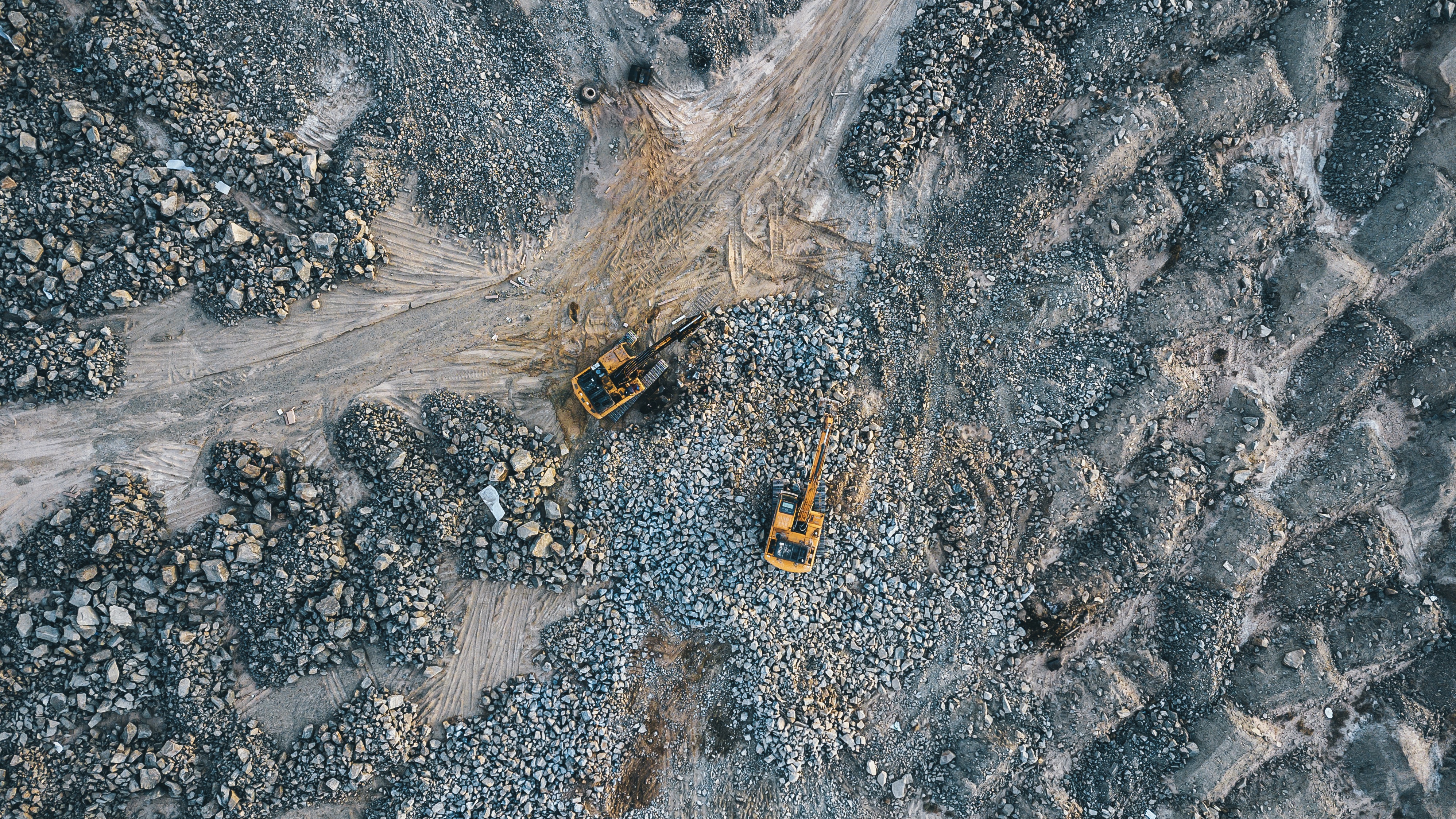
A multi-national resources company, which manages freight of more than $1 billion annually for shipping across the world, wanted to enhance logistics with analytics capabilities. They tapped into Infosys Nia. This is an AI platform that helps companies manage their logistics – and combines data in numerous formats to help improve the success rate of discovery and exploration. It can be used to provide humans such as geologists and engineers with detailed information they can analyze further to help do their own jobs more efficiently.
City planning
READ MORE IN OUR SERIES
Cities and towns are complex, and people need to be able to move around. The right facilities – housing, work, leisure – need to be in the right places, too. We also are becoming increasingly aware of the need to reduce car travel and pollution and to increase access to open spaces and entertainment locally. Urban planners have their work cut out comparing variables and finding the solutions that work best.
AI-based tools can be used to model different scenarios for any particular area plan, taking into account environmental factors like heat, wind, or rainfall, and making the tweaks necessary to minimize negative environmental effects. In major cities, AI can analyze data on real places to support further development, such as transport planning, and provide analytics humans can use to better allocate resources.
Transport for Wales
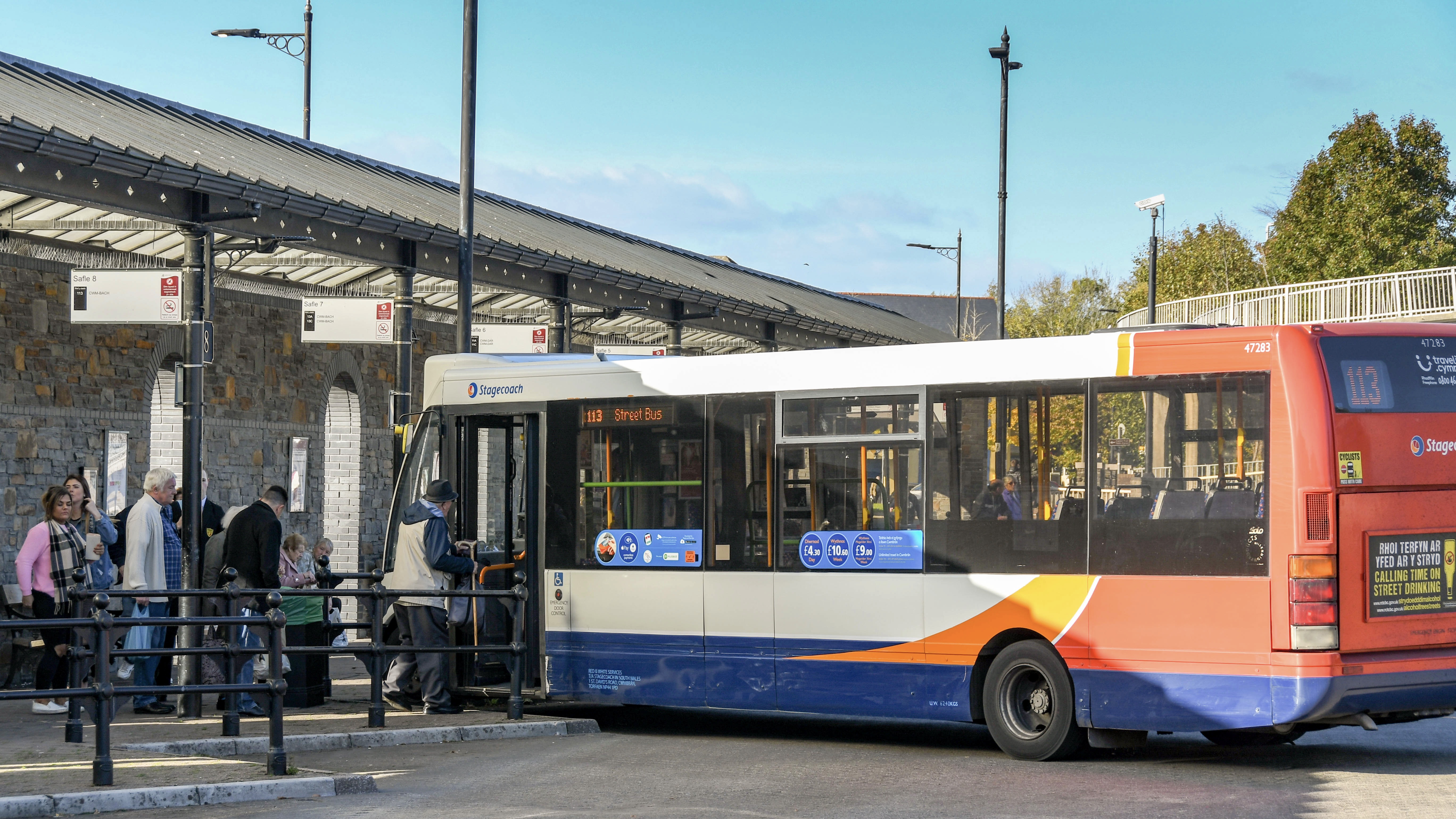
Transport for Wales (TfW) has worked with a third-party AI specialist, Optibus, to analyze bus use, demand for public transport, and movement patterns. Analyzing this data has allowed TfW to improve bus schedules, punctuality, and journey times.
Using the Optibus software, TfW worked with all 22 local authorities to design a better public transport network with the aim of improving the quality of service and making buses more reliable, especially in rural areas.

Sandra Vogel is a freelance journalist with decades of experience in long-form and explainer content, research papers, case studies, white papers, blogs, books, and hardware reviews. She has contributed to ZDNet, national newspapers and many of the best known technology web sites.
At ITPro, Sandra has contributed articles on artificial intelligence (AI), measures that can be taken to cope with inflation, the telecoms industry, risk management, and C-suite strategies. In the past, Sandra also contributed handset reviews for ITPro and has written for the brand for more than 13 years in total.
-
 Samsung Galaxy S25 FE review
Samsung Galaxy S25 FE reviewReviews A big bright display, all-day battery, and some super premium cameras make this a superb handset for office bods
-
 Qualcomm the data center with $2.4 billion Alphawave Semi acquisition
Qualcomm the data center with $2.4 billion Alphawave Semi acquisitionNews The move sees Qualcomm absorb Alphawave Semi’s portfolio of custom silicon, high-speed connectivity solutions, and chiplets
-
 Large enterprises could be wavering on AI adoption
Large enterprises could be wavering on AI adoptionNews AI adoption rates have dipped, but it's probably nothing to worry about for IT leaders
-
 Nearly half of workers think using AI makes them look lazy and incompetent
Nearly half of workers think using AI makes them look lazy and incompetentNews AI adoption is slowing among desk workers, driven by uncertainty around its permissibility in the workplace
-
 UK government trials chatbots in bid to bolster small business support
UK government trials chatbots in bid to bolster small business supportNews The UK government is running a private beta of a new chatbot designed to help people set up small businesses and find support.
-
 Fuelling growth through transactions
Fuelling growth through transactionswhitepaper Prepare for the future of payments with flexible solutions
-
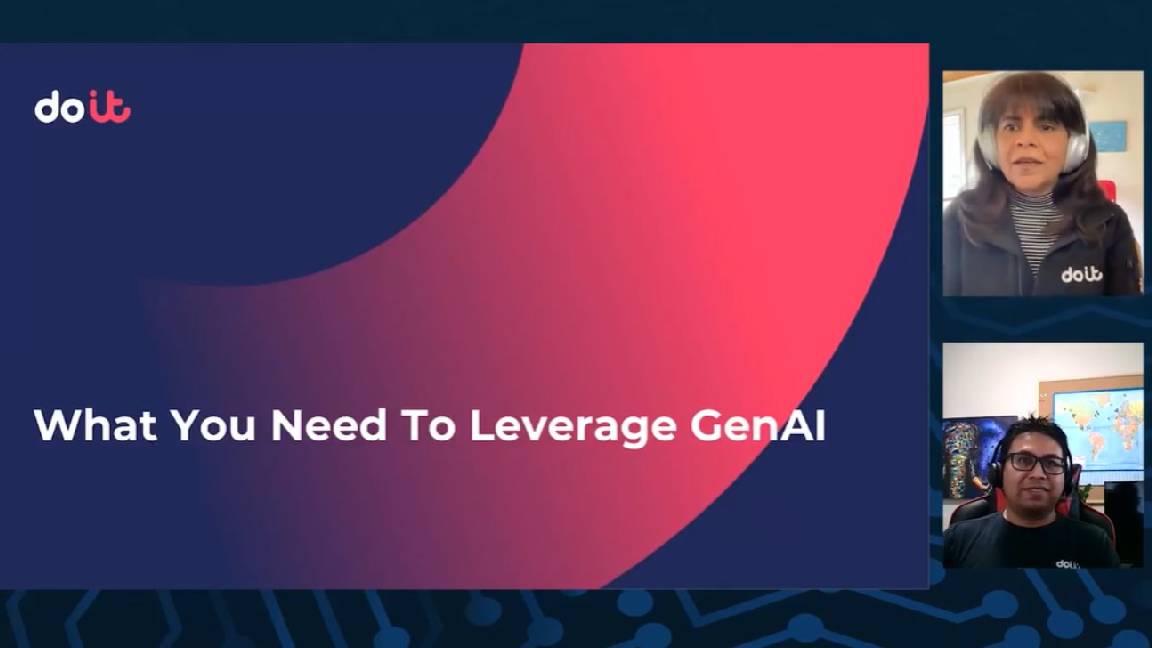 What you need to leverage genAI
What you need to leverage genAIWhitepaper What you need to leverage genAI
-
 Monetization strategies for digital content creators
Monetization strategies for digital content creatorswhitepaper An overview of the economies of forex markets in Latin America and what payment providers need to know to enter the region
-
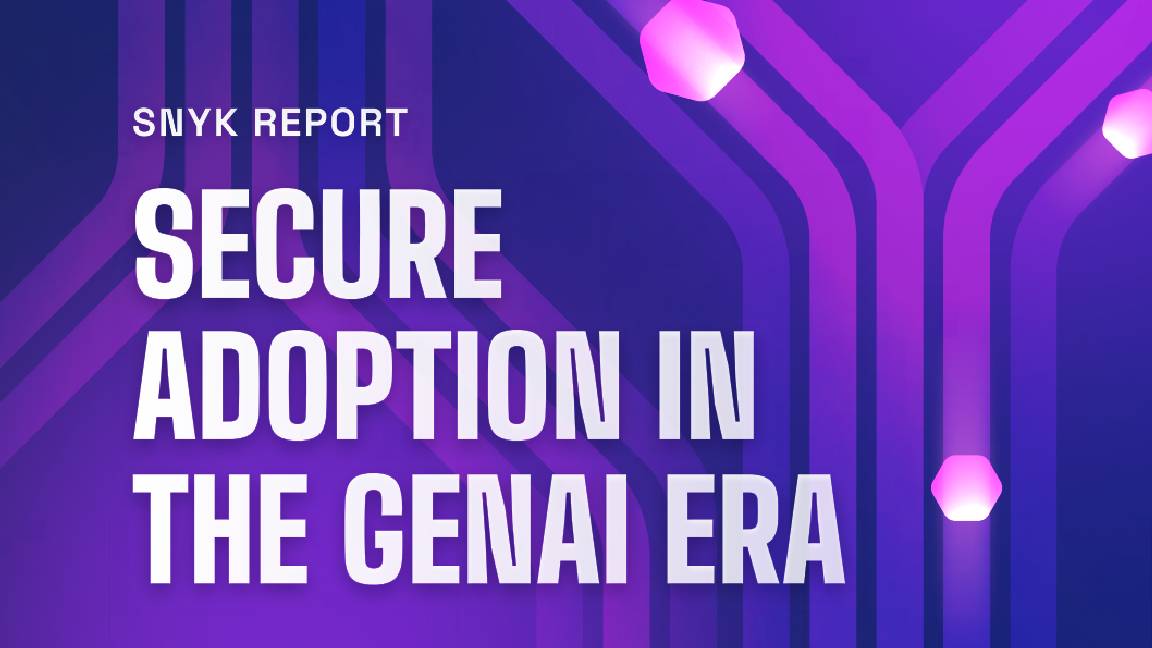 AI Survey Report
AI Survey ReportWhitepaper Level up your AI game with secure GenAI adoption
-
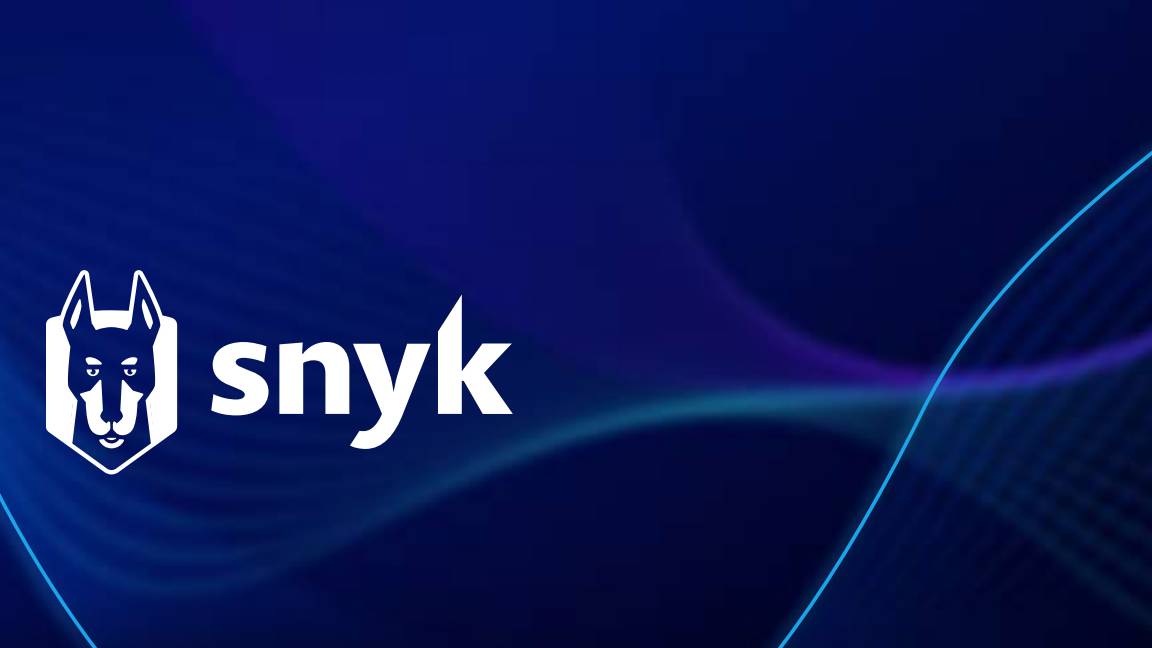 Gen AI buyer’s guide
Gen AI buyer’s guideWhitepaper Protecting businesses from AI-generated code vulnerabilities